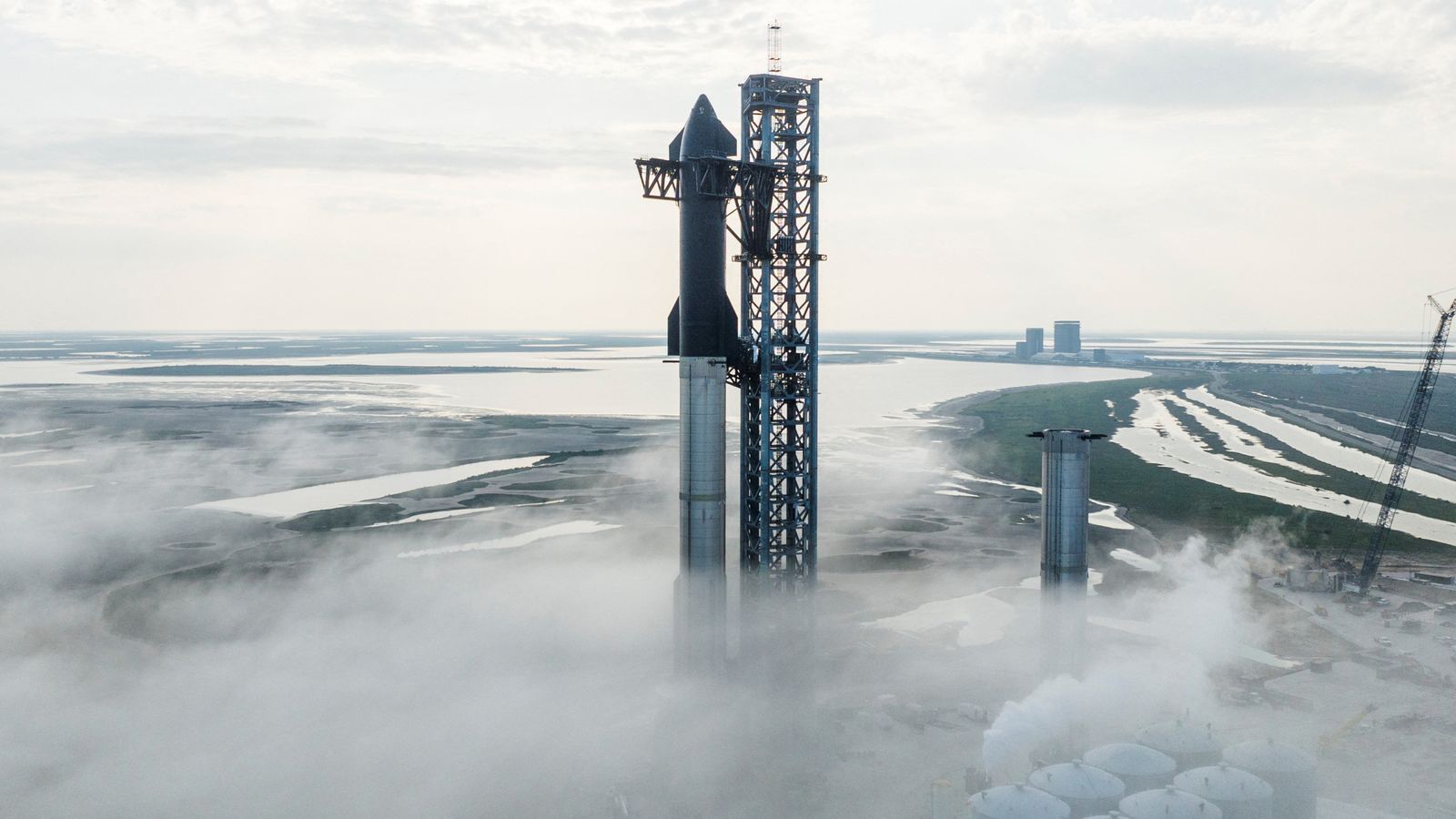SpaceX’s Starship rocket exploded just minutes after the launch on Thursday morning. The biggest and most powerful rocket ever built, the Starship was set to be used by NASA for its next moonwalking mission. However, the rocket experienced a failure during stage separation, causing what was described as a “rapid unscheduled disassembly.”
The launch was the first of the Starship’s two sections together, and the second attempt after the first was scrubbed on Monday due to a problem with fueling. The flight was not carrying people or satellites, but was intended to test the spacecraft’s reliability for future missions to the moon and Mars.
Despite the failure, SpaceX founder Elon Musk tweeted congratulations to the team and noted that the test provided valuable insights for future flights. SpaceX said that its teams would continue to review data and work toward the next flight test. With a test like this, success comes from what we learn, and today’s test will help us improve Starship’s reliability as SpaceX seeks to make life multi-planetary,” the company said in a statement.
SpaceX plans to use the Starship, with its 16.7 million pounds of thrust, to send people and cargo to the moon and Mars. The company aims to achieve full and rapid reusability within a couple of years. Early versions of the upper stage have already successfully landed upright in 2021.
The Federal Aviation Administration (FAA) awarded SpaceX a launch license last Friday, valid for five years. However, the agency’s decision was criticized by the American Bird Conservancy, which accused the company of damaging important coastal bird habitats in Boca Chica, Texas, where the rocket was launched. The FAA is now looking for ways to optimize launches and reentries as more rockets soar to space.
NASA has reserved a Starship for its next moonwalking mission, which may take place as early as 2025. In addition, private citizens are already booking lunar flybys. Despite the setback, SpaceX remains committed to its goal of making life multi-planetary and continuing to advance the technology of space travel.
